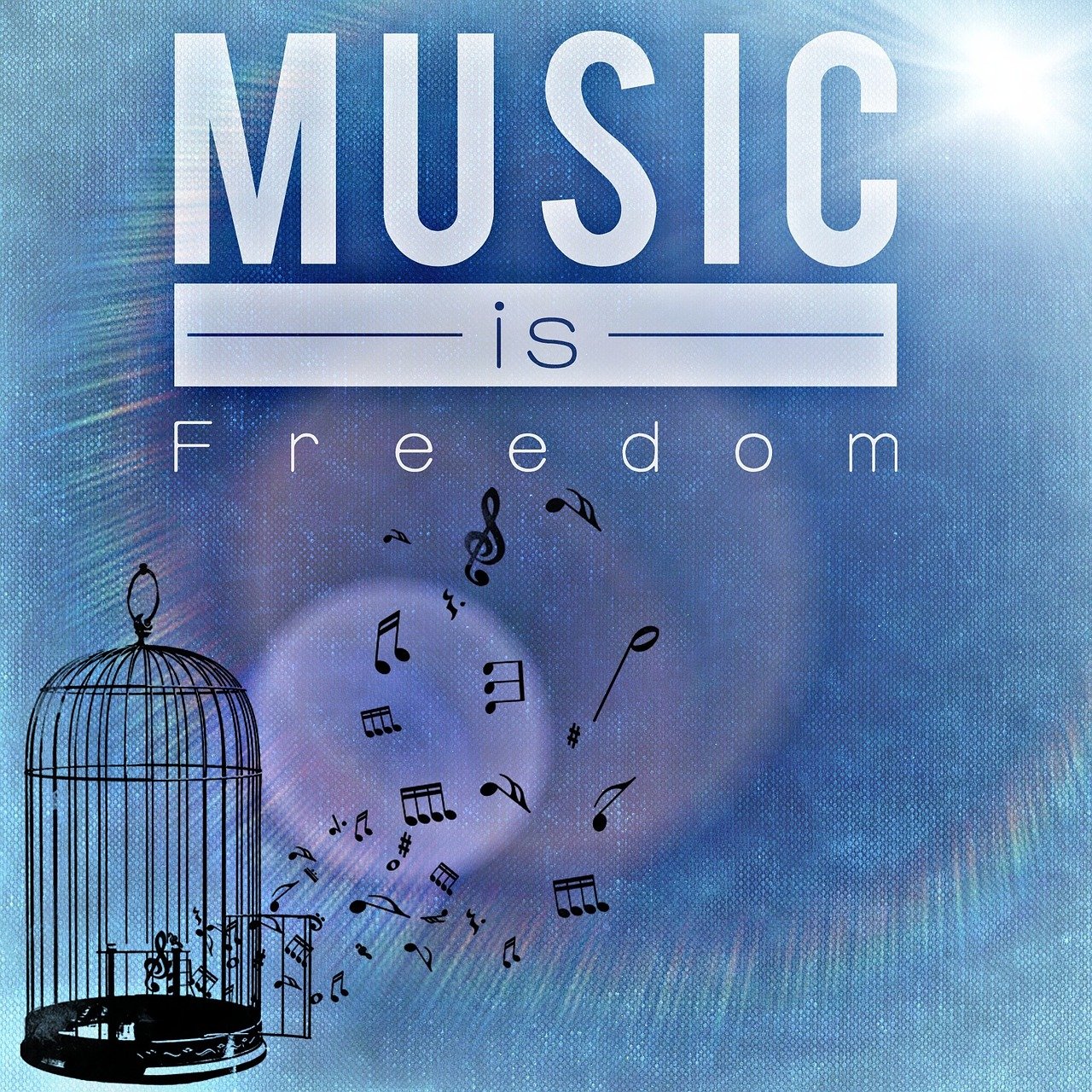The Rich Tapestry of Historical and Traditional Culture in English Composition
本文探讨了英国作文中丰富多样的历史和传统文化。英国作文深受历史和传统影响,融合了多种文化元素。从古英语到现代英语,英国作文经历了漫长发展过程,吸收了不同时期和地区的文化特色。文章还分析了英国作文中常见的修辞手法和表达方式,如隐喻、拟人和反讽等,这些手法体现了英国作文的独特魅力。英国作文是历史和传统文化的结晶,展现了英国文化的多样性和丰富性。
Introduction
The English language, as a global lingua franca, has been a conduit for the exchange of ideas, history, and culture for centuries. It is a language that has evolved through the amalgamation of various cultural influences, historical events, and traditional practices. This essay aims to explore the rich tapestry of historical and traditional culture that is woven into the fabric of English composition, from its roots in Old English to its modern-day expressions.
The Origins: Old English and Its Influence
The history of English composition is deeply rooted in the Old English period, which spanned from the 5th to the 11th century. This era saw the arrival of the Anglo-Saxons in Britain, bringing with them their language and cultural practices. Old English, also known as Anglo-Saxon, was a Germanic language that laid the foundation for the English we know today. The literature of this period, such as the epic poem "Beowulf," reflects the traditional values of heroism, loyalty, and the struggle between good and evil, which are still prevalent themes in modern English composition.
The Norman Conquest and the Birth of Middle English
The Norman Conquest of 1066 marked a significant turning point in the history of English composition. The influx of French-speaking Normans led to the development of Middle English, which was heavily influenced by Old French. This period saw the emergence of new literary forms, such as the chivalric romance, which introduced themes of courtly love and knightly honor into English literature. The works of Geoffrey Chaucer, particularly "The Canterbury Tales," are exemplary of the Middle English period, showcasing a diverse range of characters and stories that reflect the social and cultural milieu of the time.
The Renaissance and the Emergence of Modern English
The Renaissance, a period of cultural rebirth and intellectual vigor, had a profound impact on English composition. The rediscovery of classical texts and the influence of humanism led to a flourishing of literature that celebrated human potential and the beauty of the natural world. The works of William Shakespeare and Christopher Marlowe are quintessential examples of the Elizabethan era, with their plays and sonnets exploring themes of love, power, and the human condition. The Early Modern English of this period also saw the standardization of the language, with the publication of the King James Bible in 1611 and the works of lexicographers like Samuel Johnson.
The Victorian Era and the Expansion of English Literature
The Victorian era, marked by industrialization and social change, was a time of great literary output and experimentation. Writers like Charles Dickens, the Brontë sisters, and Thomas Hardy used English composition to critique societal norms and explore the complexities of human relationships. The Victorian novel, with its detailed character development and intricate plots, became a dominant form of English literature, reflecting the traditional values of morality, social responsibility, and the struggle for personal identity.
The 20th Century and the Diversification of English Composition
The 20th century witnessed a significant diversification in English composition, with the rise of modernism, postmodernism, and various literary movements. Writers like Virginia Woolf, T.S. Eliot, and James Joyce challenged traditional narrative structures and experimented with language to capture the fragmented nature of modern life. The postcolonial literature that emerged in the latter half of the century, with authors like Chinua Achebe and Salman Rushdie, brought new perspectives and voices to English composition, reflecting the historical and cultural experiences of formerly colonized peoples.
Contemporary English Composition and the Influence of Global Cultures
In the contemporary era, English composition has become a melting pot of global cultures, reflecting the language's status as a truly international medium. The influence of non-Western literature, the internet, and social media has led to a democratization of English composition, with more diverse voices and styles emerging. Writers like Arundhati Roy, Zadie Smith, and J.K. Rowling have contributed to the richness of English literature, incorporating elements of their cultural heritage into their works and challenging traditional narratives.
Conclusion
The history of English composition is a testament to the language's ability to adapt and incorporate diverse cultural influences over time. From the heroic tales of Old English to the complex narratives of the 21st century, English literature has always been a reflection of the societies and cultures that have shaped it. As we continue to write and create in English, we contribute to this rich tapestry, ensuring that the language remains a vibrant and dynamic medium for the expression of human experience.
In conclusion, the historical and traditional culture embedded in English composition is a living legacy that continues to evolve and inspire. As we celebrate the diversity and richness of English literature, we also acknowledge the importance of preserving and respecting the cultural heritage that has shaped the language we use today.




 京公网安备11000000000001号
京公网安备11000000000001号 京ICP备18057566号-3
京ICP备18057566号-3